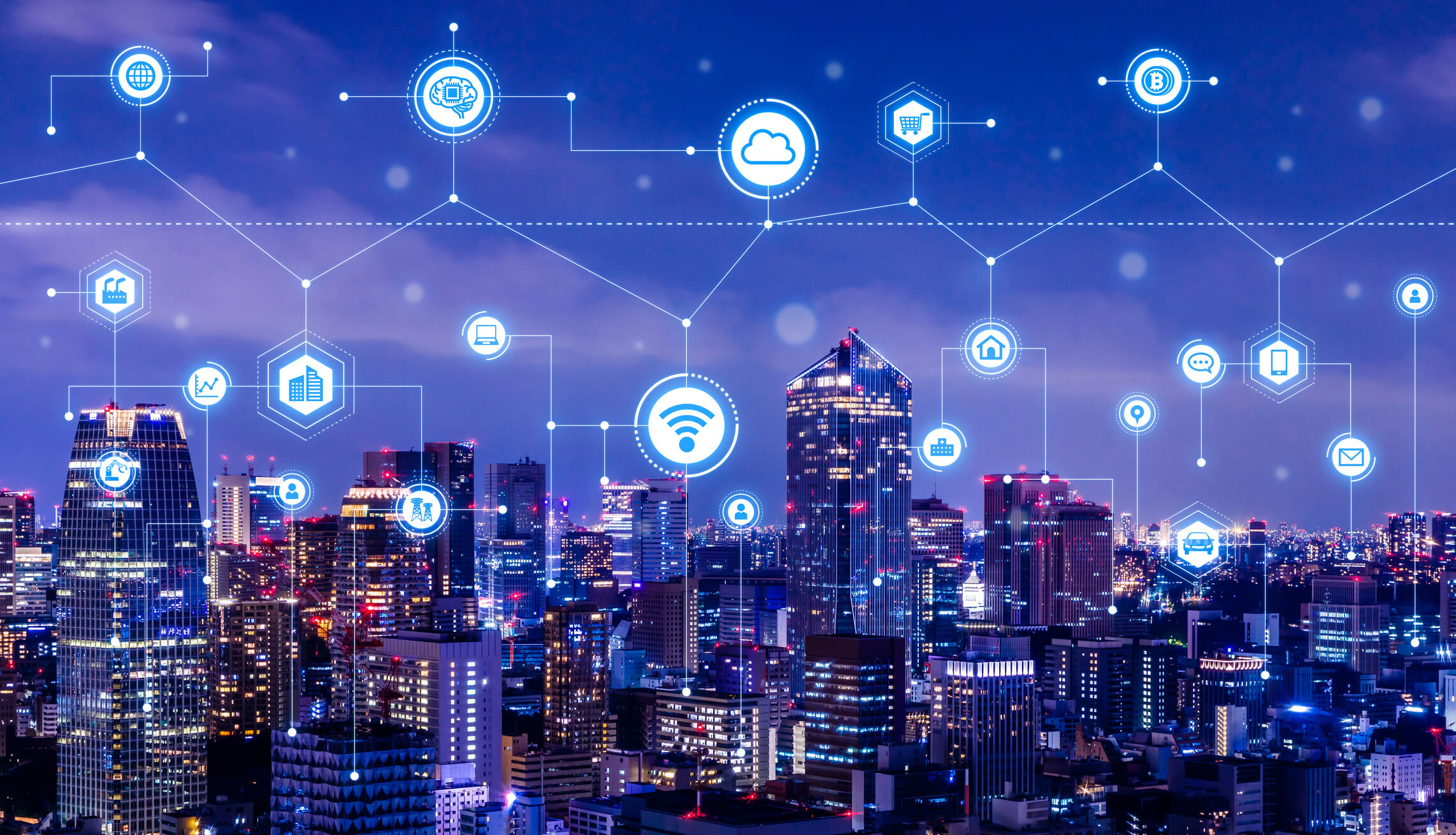What if managing your lighting systems could be simpler, smarter, and more cost-efficient, while boosting operational efficiency? Traditional approaches often fall short, leaving businesses grappling with inefficiencies and rising expenses. Enter Outdoorlink Smart Controllers – innovative solutions designed to take the hassle out of lighting management. With features like remote monitoring and automated controls, they’re transforming the way businesses optimize their operations.
The Challenges of Traditional Lighting Management
Traditional lighting management often comes with inefficiencies that hinder operational performance and drive up costs.
- Frequent site visits for many inspections significantly increase labor costs and consume valuable resources.
- Unnecessary light runs waste energy, leading to ballooning utility expenses and straining operational budgets.
- Service calls without prior diagnostics often cause delays, as technicians arrive unprepared to address the specific problem.
These challenges illustrate why businesses need a smarter, more efficient approach to tackle lighting management inefficiencies. Smart controllers offer a way to overcome these hurdles and deliver measurable results.
How Smart Controllers Improve Lighting Management & Efficiency
By addressing the inefficiencies of traditional lighting systems, smart controllers make lighting operations more cost-effective and sustainable. They bring advanced features like remote monitoring, automated controls, and predictive capabilities to the table. Here’s how they work:
Eliminating Unnecessary Light Runs
Smart controllers leverage remote lighting control to detect and address issues without requiring on-site intervention. Automated lighting schedules ensure bulbs and fixtures operate only when needed, which prevents energy waste and extends their lifespan. By reducing truck rolls for inspections, fuel costs and labor expenses are minimized. This streamlined approach transforms lighting management into a more agile and resource-efficient process.
Pre-Service Call Troubleshooting & Issue Detection
When problems arise, smart controllers excel at pinpointing root causes in real-time. Through pre-service call diagnostics, technicians can access detailed reports and identify issues before setting foot on-site. This means repair teams arrive equipped with the right tools and parts, saving time while increasing first-time fix rates. Minor malfunctions can even be addressed remotely, thanks to remote lighting maintenance capabilities.
Optimized Maintenance Scheduling & Predictive Servicing
Gone are the days of reactive management. With data-driven lighting management, smart controllers enable predictive maintenance that minimizes unplanned outages and costly emergency repairs. By analyzing system performance over time, businesses can schedule routine maintenance proactively, reducing downtime and extending the lifespan of their lighting infrastructure. It’s a win-win for cost savings and reliability.
Financial Benefits of Smart Controllers for Lighting Operations
The financial impact of integrating smart controllers is immediately noticeable. By replacing reactive systems with automated solutions, companies can achieve:
- Lower labor costs, as fewer on-site service visits are required.
- Minimized downtime, ensuring uninterrupted lighting functionality that meets operational and contractual demands.
- Improved resource allocation, allowing teams to focus on high-value tasks instead of routine inspections.
The operational savings with smart lighting also create room in the budget for other priorities.
Key Features of Smart Controllers for Operational Efficiency
Smart controllers pack a range of features to help businesses maximize operational efficiency. Here’s the two key features they bring to the table:
Remote Monitoring & Real-Time Alerts
Businesses benefit from 24/7 visibility with remote lighting monitoring. Any lighting malfunctions are instantly detected, and automated maintenance alerts notify staff to take action. Adjustments can also be made in real-time from a centralized dashboard, keeping systems running without unnecessary delays.
Cloud-Based Management for Multi-Site Control
For businesses managing multiple locations, cloud-based lighting control is a game-changer. By centralizing all operations on a single platform, smart controllers simplify multi-site lighting optimization. Operators can oversee and adjust systems remotely, ensuring centralized lighting management without requiring extensive on-site staff
If you’ve made it this far, you must be interested. Let’s now look at how to implement smart controllers for better lighting efficiency.
How to Implement Smart Controllers for Better Lighting Efficiency
Transitioning to smart lighting systems requires a strategic approach to reap the benefits fully:
- Evaluate existing infrastructure to pinpoint inefficiencies and determine the best areas for improvement.
- Integrate smart controllers into your lighting operations, automating schedules and responsiveness.
- Train staff on tools related to monitoring, pre-service diagnostics, and remote control to achieve a smoother workflow and improved operational efficiency solutions.
This investment into smart lighting implementation not only enhances operational efficiency, but also positions your business for long-term scalability and growth.
The Future of Lighting Management: AI, Automation & Smart Servicing

The evolution of smart controllers is shaping the future of lighting management. Innovations like AI-powered analytics enable continuous performance tracking and precision-based predictive maintenance. These systems integrate seamlessly with smart city infrastructure, allowing businesses to take full advantage of energy-efficient, automated lighting solutions. With sustainability as a core focus, the next generation of smart servicing will help reduce both costs and environmental impact.
Boost Your Operational Efficiency with Smart Lighting Control
Smart controllers revolutionize lighting management by offering solutions that reduce downtime, minimize maintenance costs, and optimize efficiency. From remote service efficiency to operational cost reduction, smart lighting transforms how businesses manage infrastructure. By combining automation and real-time monitoring, these systems ensure long-term reliability and performance.
Contact us today to learn how smart controllers can help you achieve maximum operational efficiency while reducing costs and energy waste!
